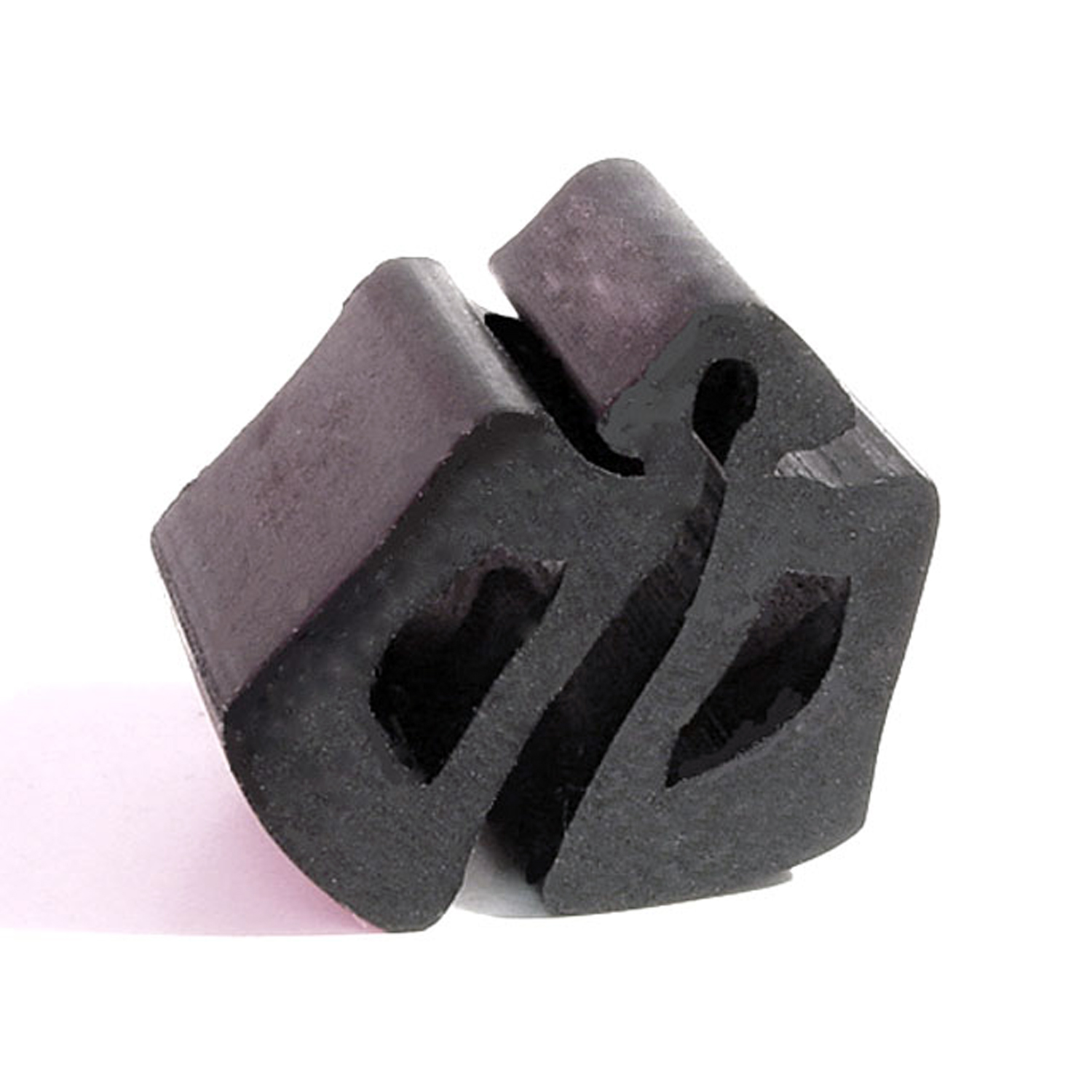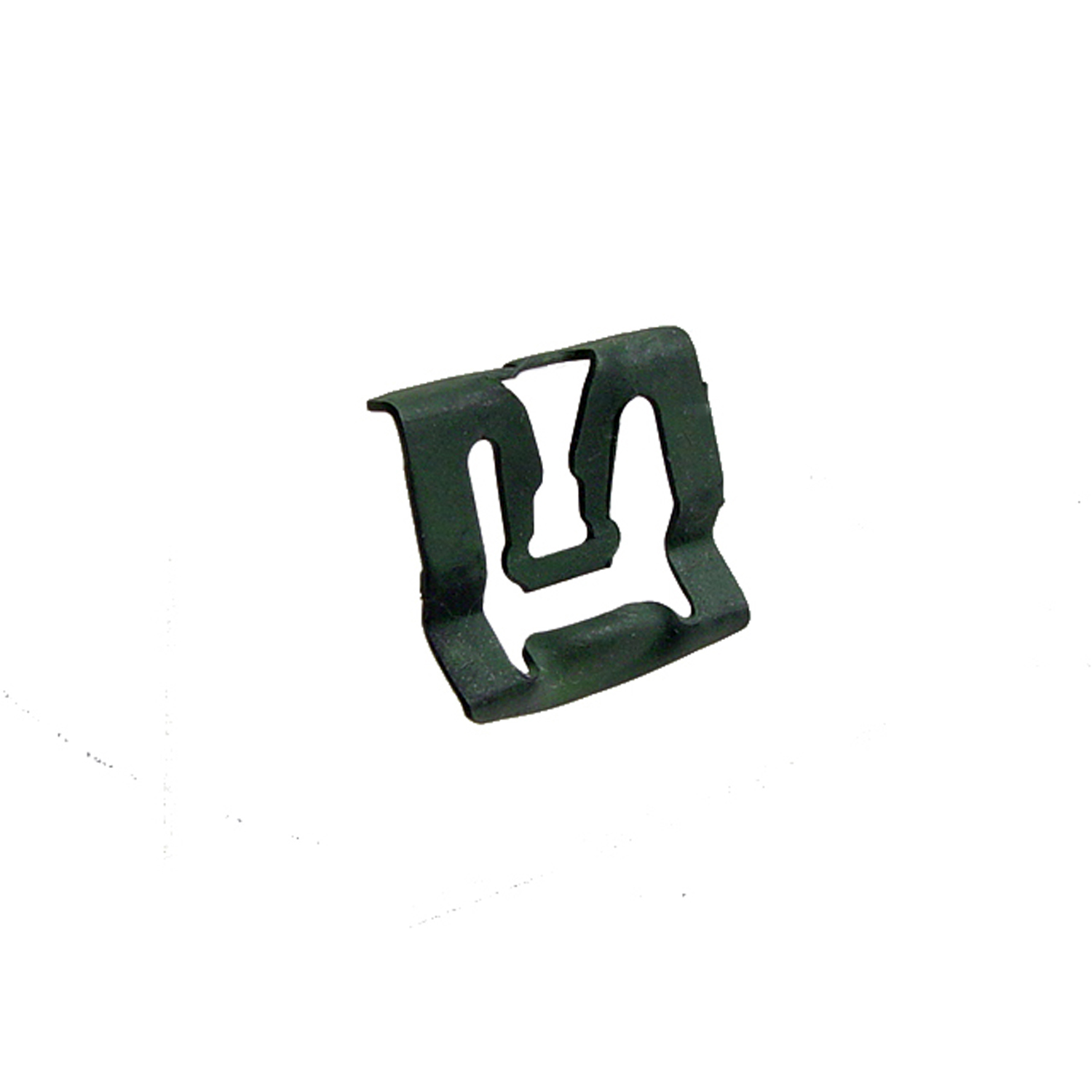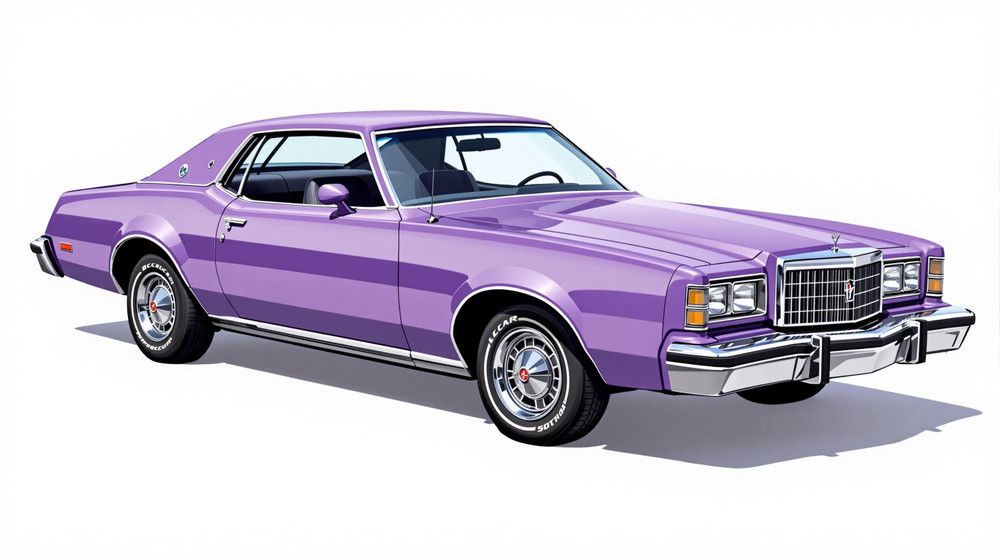Image of 1977 Mercury Bobcat, Note: These illustrations use artistic license and may differ from actual historical models.
Performance Metrics
Fundamental Metrics
Emotional Appeal
MMP Rating
| Engine Specifications | |
|---|---|
| Engine Options: | 2.3L I4, 2.8L V6 |
| Displacement Range: | 140-171 cu in. |
| Horsepower Range: | 88-105 hp |
| Torque: | 118-140 lb-ft |
| Compression Ratio: | 8.2:1 (I4), 8.7:1 (V6) |
| Ignition System: | Electronic |
| Cooling System: | Liquid-cooled |
| Performance Specifications | |
| 0-60 Time: | 11-13 seconds |
| 1/4 Mile Time: | 18 seconds |
| Top Speed: | 100 mph |
| Transmission and Drive | |
| Drive Type: | RWD |
| Transmission Type: | 3-speed automatic, 4-speed manual |
| Fuel and Efficiency | |
| Fuel System Type: | Carburetor |
| MPG: | 18-22 mpg |
| Dimensions and Brakes | |
| Brakes: | Front disc, rear drum |
| Wheelbase: | 94.2 in. |
| Weight: | 2,600-2,800 lbs |
Note: Specifications for classic cars are given to the best of our ability, considering the limited and variant data available.
Unveiling the Underdog: The 1977 Mercury Bobcat
The year 1977 brought us the Mercury Bobcat, a vehicle that may not have headlined automotive marques but certainly carved its niche in the era's motoring tapestry. Born from the stables of Ford's Lincoln-Mercury division, the Bobcat was essentially a rebadged version of the popular Ford Pinto, tailored with a touch of Mercury's upscale ethos. This compact car emerged during an epoch when fuel efficiency began to overshadow the thirst for power, a period marked by oil crises and a shifting automotive landscape. A unique fact that might pique your interest: despite its modest roots, the Bobcat was once featured in a Presidential motorcade, showcasing its all-American charm.
Design and Innovation: A Glimpse into the '70s Styling
The exterior of the 1977 Mercury Bobcat sported a design that was both practical and unassuming, with chrome accents that hinted at a desire for sophistication within its compact class. The interior was a testament to functionality over opulence, yet it didn't skimp on comfort, with seats upholstered in fabrics that reflected the trends of the time. Technological features were modest; this was an era before digital displays and electronic assists became commonplace. Color options ranged from vibrant hues like "Bright Red" and "Lime Green" to more subdued tones such as "Silver Metallic," with the brighter colors often catching buyers' eyes. The Bobcat came in various body styles including a two-door sedan, hatchback, and wagon, with the hatchback being particularly popular for its blend of style and utility.
Historical Significance: More Than Just a Pinto in Disguise
The Mercury Bobcat's impact on automotive design may not have been revolutionary, but it offered an affordable alternative for those seeking Mercury's badge with Ford's economy. It stood out among contemporaries with its slightly more upscale trim and branding, serving as an early example of platform sharing that would become increasingly common in later decades. Its existence also underscored the importance of market segmentation and brand differentiation within a corporate family.
Performance and Handling: The Everyday Commuter's Companion
The 1977 Bobcat wasn't built to set speed records; however, it offered respectable performance for its class. With engines ranging from a modest 2.3-liter four-cylinder to a peppier 2.8-liter V6 option, acceleration was adequate for daily driving needs. Top speeds hovered around the limits of highway driving at that time, while 0-60 mph times were not chart-toppers but sufficient. Handling was straightforward and unpretentious; drivers could expect a reliable response from the vehicle on various road conditions without any sporting pretensions. The ride quality was comfortable enough for long commutes, while engine sounds provided an unmistakable backdrop to the driving experience.
Ownership Experience: Practicality Over Prestige
The Bobcat served well as a daily driver and occasionally as a show car among enthusiasts of this niche classic. Maintenance was generally straightforward due to shared parts with the Ford Pinto, making repairs manageable for average owners. Reliability was typical of American cars from this period—solid if maintained properly but prone to some quirks over time.
Fun Facts: The Bobcat's Brush with Fame
While not typically associated with celebrity glitz or high-profile events, there were indeed rare editions like the 'Bobcat Runabout' which featured fancier trim and decals. It didn't set any speed records but did achieve some fame on screen and in parades. Criticisms often mirrored those directed at its Ford sibling—safety concerns that were addressed in later models.
Collector's Information: Assessing Market Value
Today, collectors might find a 1977 Mercury Bobcat fetching anywhere from $2,000 for models in fair condition to upwards of $10,000 for pristine examples or rare editions (values are estimated). Production numbers weren't exceedingly high compared to some contemporaries; thus, finding one in excellent condition can be challenging. Price trends suggest a slight appreciation for well-maintained or restored models as they become rarer and nostalgia increases their desirability.
Conclusion: Celebrating Compact Heritage
The 1977 Mercury Bobcat may not have been the poster child of '70s automotive innovation or performance prowess but it encapsulated an era's shift towards practicality and efficiency wrapped in an accessible package. Its legacy is one of subtlety—a reminder that sometimes significance lies not in groundbreaking design or earth-shattering speed but in fulfilling everyday needs reliably and affordably.
1977 Mercury Bobcat Catalog of Parts
 1977 Mercury Bobcat Hood Bumper. Each-HF 2Hood Bumper. Each
1977 Mercury Bobcat Hood Bumper. Each-HF 2Hood Bumper. Each 1977 Mercury Bobcat Windshield Reveal Molding Clip. Made of steel. Each-WF 228-AWindshield Reveal Molding Clip. Made of steel. Each
1977 Mercury Bobcat Windshield Reveal Molding Clip. Made of steel. Each-WF 228-AWindshield Reveal Molding Clip. Made of steel. EachWhy Choose Metro?
For over 100 years, Metro Moulded Parts has been the pinnacle of quality in classic car restoration parts. Our commitment to precision and authenticity in every component ensures a perfect fit and an OEM-level appearance.
- Expert Craftsmanship & Quality: Each part is a testament to our dedication to reliability and perfection, crafted from original designs and thoroughly tested.
- Advanced Technology: We use cutting-edge techniques to create flawless, long-lasting parts that surpass others in performance.
- SuperSoft Sponge – The Ultimate Door Seal: Not only are our door seals 30% softer than competitors', but they're also guaranteed to never leak. They effectively reduce wind and road noise, enhancing your classic car's comfort and driving experience.
- Proudly American: Our parts are a product of American craftsmanship, made in the USA with a spirit of excellence and heritage.
- Unrivaled Warranty: We back our products with a 30-year industry-leading warranty, a testament to our confidence in their quality.
Join us in preserving the legacy of classic cars with parts that are crafted for perfection, not just made.

